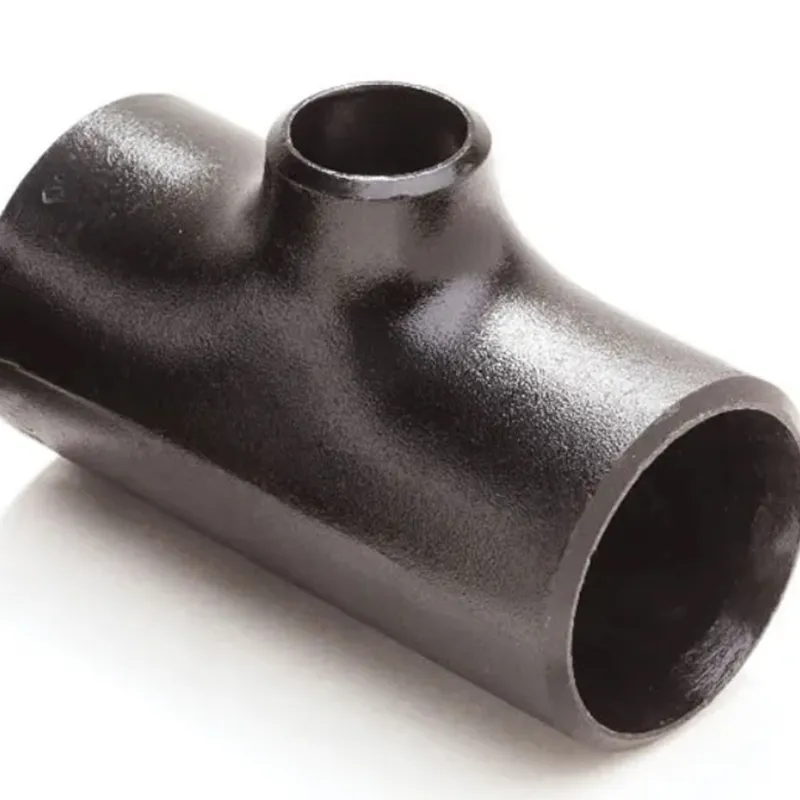-
Cangzhou Yulong Steel Co., Ltd.
-
Phone:
+86 13303177267 -
Email:
admin@ylsteelfittings.com
- English
- Arabic
- Italian
- Spanish
- Portuguese
- German
- kazakh
- Persian
- Greek
- French
- Russian
- Polish
- Thai
- Indonesian
- Vietnamese
- Zulu
- Korean
- Uzbek
- Hindi
- Serbian
- Malay
- Ukrainian
- Gujarati
- Haitian Creole
- hausa
- hawaiian
- Hebrew
- Miao
- Hungarian
- Icelandic
- igbo
- irish
- Japanese
- Javanese
- Kannada
- Khmer
- Rwandese
- Afrikaans
- Albanian
- Amharic
- Armenian
- Azerbaijani
- Basque
- Belarusian
- Bengali
- Bosnian
- Bulgarian
- Catalan
- Cebuano
- China
- China (Taiwan)
- Corsican
- Croatian
- Czech
- Danish
- Esperanto
- Estonian
- Finnish
- Frisian
- Galician
- Georgian
- Kurdish
- Kyrgyz
- Lao
- Latin
- Latvian
- Lithuanian
- Luxembourgish
- Macedonian
- Malgashi
- Malayalam
- Maltese
- Maori
- Marathi
- Mongolian
- Myanmar
- Nepali
- Norwegian
- Norwegian
- Occitan
- Pashto
- Dutch
- Punjabi
- Romanian
- Samoan
- Scottish Gaelic
- Sesotho
- Shona
- Sindhi
- Sinhala
- Slovak
- Slovenian
- Somali
- Sundanese
- Swahili
- Swedish
- Tagalog
- Tajik
- Tamil
- Tatar
- Telugu
- Turkish
- Turkmen
- Urdu
- Uighur
- Welsh
- Bantu
- Yiddish
- Yoruba

Nov . 18, 2024 05:27 Back to list
Welding Techniques for High-Pressure Pipelines in Industrial Applications
Understanding Pressure Pipe Welding
Pressure pipe welding is a crucial process in various industries, including oil and gas, water treatment, and chemical manufacturing. It involves the joining of pipes that will carry pressurized fluids, making the integrity of the welds vital for safety and efficiency. This article explores the fundamentals of pressure pipe welding, its methodologies, and key considerations.
At its core, pressure pipe welding is about creating durable and leak-proof joints that can withstand both high pressures and temperatures. This is particularly important because failures in these systems can lead to catastrophic accidents, including explosions and environmental disasters. Therefore, accurate welding techniques and stringent quality control are imperative.
There are various welding methods employed in pressure pipe welding, each suited for different scenarios. Common techniques include Shielded Metal Arc Welding (SMAW), Gas Tungsten Arc Welding (GTAW), and Gas Metal Arc Welding (GMAW). Each of these methods has its advantages; for instance, SMAW is versatile and can be used in outdoor settings, while GTAW provides superior control and is suited for thinner materials.
pressure pipe welding

Before beginning the welding process, several key considerations must be taken into account. First, the selection of materials is crucial. Different types of pipes—such as carbon steel, stainless steel, and alloyed materials—require specific welding techniques and filler materials to ensure strong joints. Additionally, the design of the pipe system must comply with industry standards, such as ASME (American Society of Mechanical Engineers) codes, which dictate the specifications for pressure piping.
Welders must also be trained and certified to perform pressure pipe welding. Certifications, such as the AWS (American Welding Society) qualification, ensure that the welder is skilled in the specific techniques necessary for high-pressure systems. Furthermore, regular inspections and non-destructive testing (NDT) methods, such as ultrasound or radiography, are essential for assessing the quality of the welds and ensuring no defects are present.
In conclusion, pressure pipe welding is a specialized field that requires expertise, precision, and adherence to safety standards. As industries demand higher performance and efficiency, continuous advancements in welding technologies and techniques will play a pivotal role in ensuring the reliability of pressurized piping systems. Whether for energy, water, or chemical transport, the significance of well-executed pressure pipe welding cannot be overstated.
Latest news
-
ANSI 150P SS304 SO FLANGE
NewsFeb.14,2025
-
ASTM A333GR6 STEEL PIPE
NewsJan.20,2025
-
ANSI B16.5 WELDING NECK FLANGE
NewsJan.15,2026
-
ANSI B16.5 SLIP-ON FLANGE
NewsApr.19,2024
-
SABS 1123 FLANGE
NewsJan.15,2025
-
DIN86044 PLATE FLANGE
NewsApr.19,2024
-
DIN2527 BLIND FLANGE
NewsApr.12,2024
-
JIS B2311 Butt-Welding Fittings LR/SR 45°/90° /180°Seamless/Weld
NewsApr.23,2024











